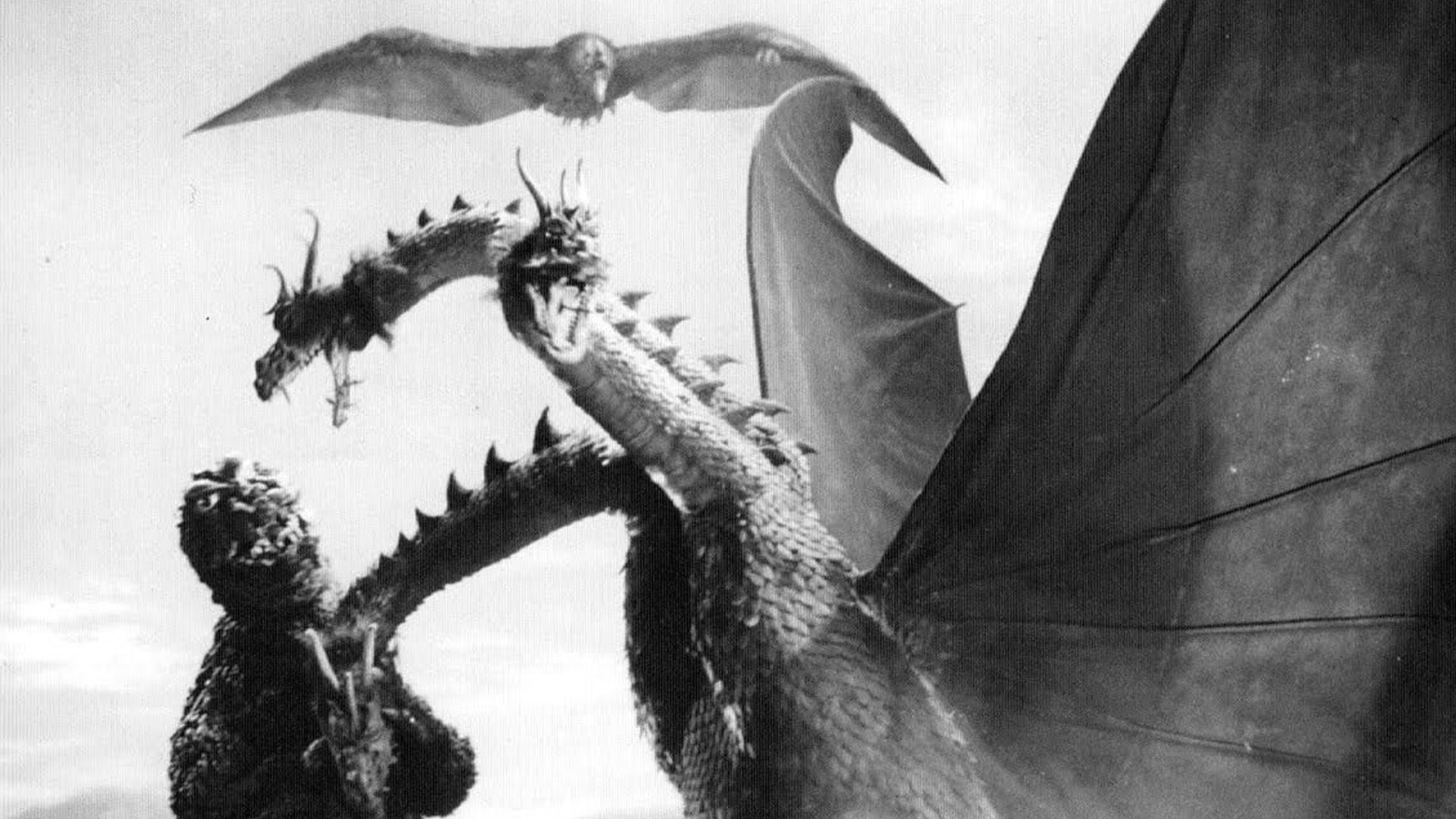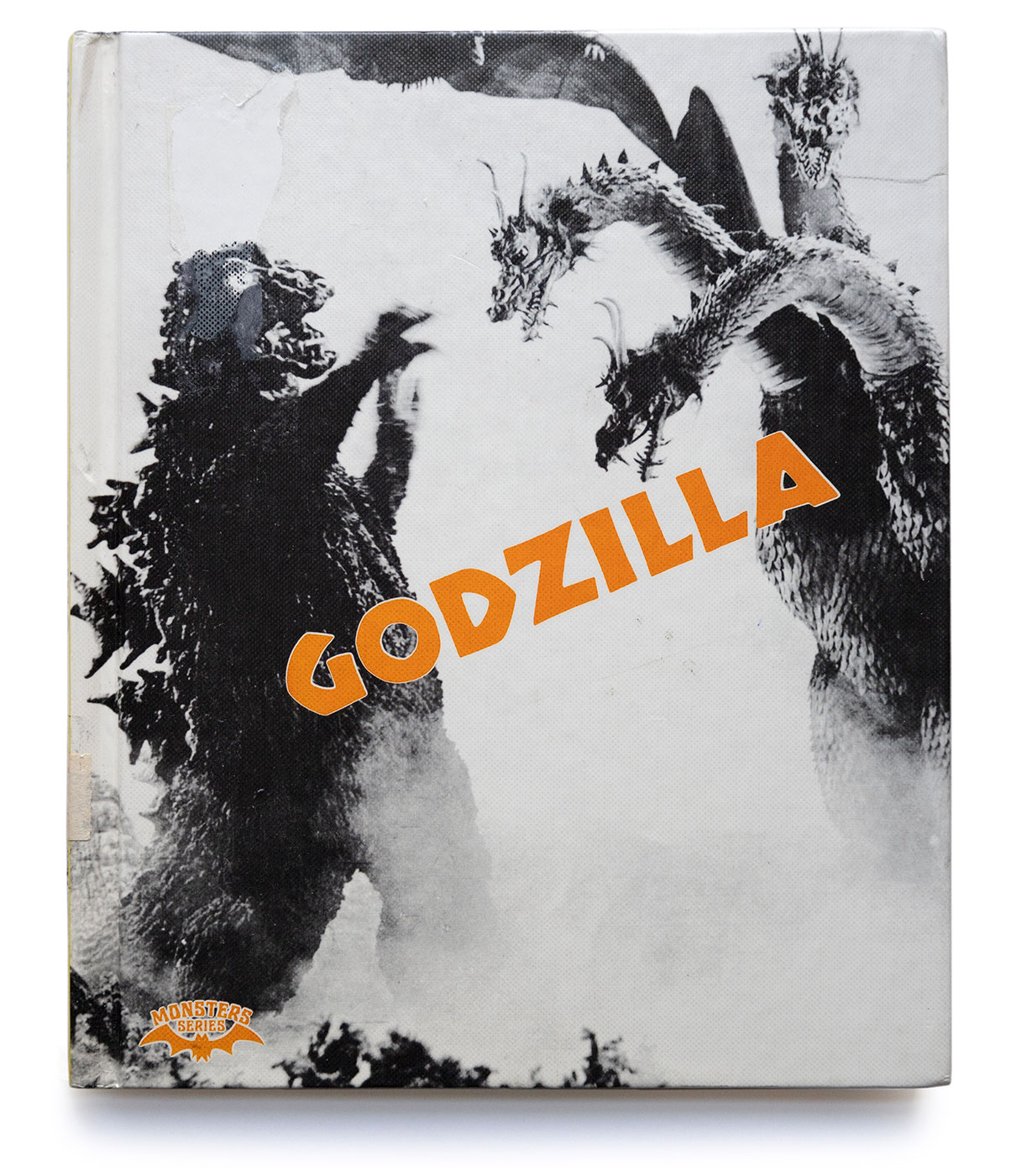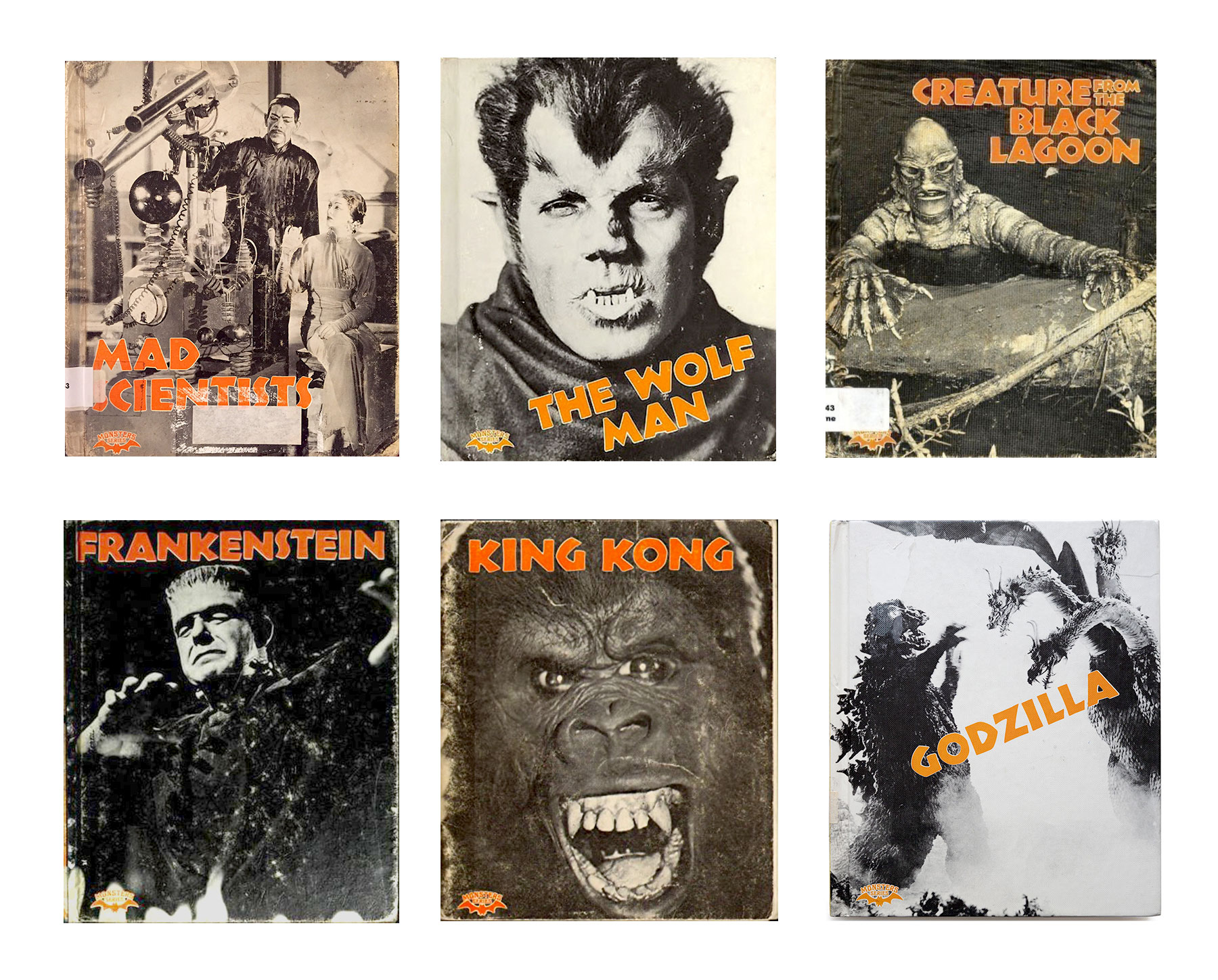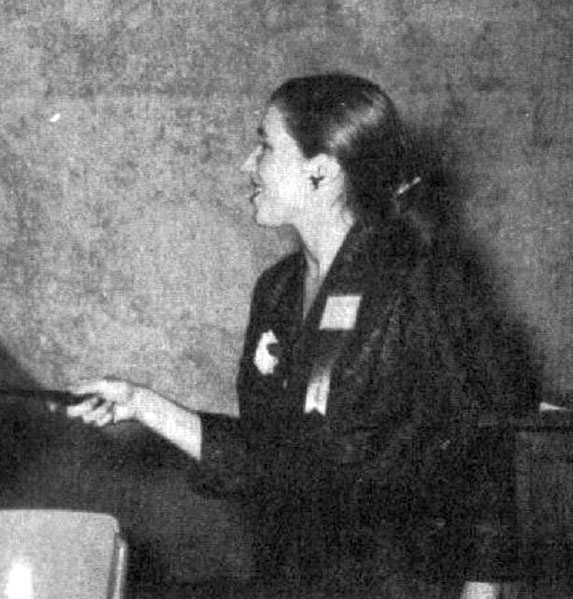Godzilla was published in 1977 by Crestwood House (Macmillan Publishing Company) during the late 70s great Godzilla toy boom. This book was among the few resources that fans had at that time. There were popular monster and sci-fi magazines, but this was the only book I can remember. Sadly, since its publication, there has not been as many books published in English as one would expect over six decades after Godzilla’s movie debut. Godzilla was part of Crestwood’s Monster Series that included title on Hollywood’s favorite monsters: The Invisible Man, The Deadly Mantis, It Came from Outer Space, The Phantom of the Opera, Frankenstein, The Mummy, Dracula, The Blob, The Creature from the Black Lagoon, King Kong and more. The series began with six titles: Dracula, Frankenstein, Godzilla, King Kong, Mad Scientists, and The Wolf Man. The publisher intended the series to be grade-school library books designed to promote the love of reading among students and young people. The set was called the “Monster Reading Center” and arrived in a box containing the six books in softcover. A teacher’s guide and audio cassettes for each book were also included (Source: Sicko-Psychotic). These monsters frequented my television set on Saturday afternoons during the 70s and 80s. The strong black-and-white cover photography and the use of spot orange on the book titles and back covers made them readily identifiable and unforgettable. Godzilla was printed in both hardcover (7.75 x 0.25 x 9.25 inches; ISBN 0-913940-68-2) and softcover.



